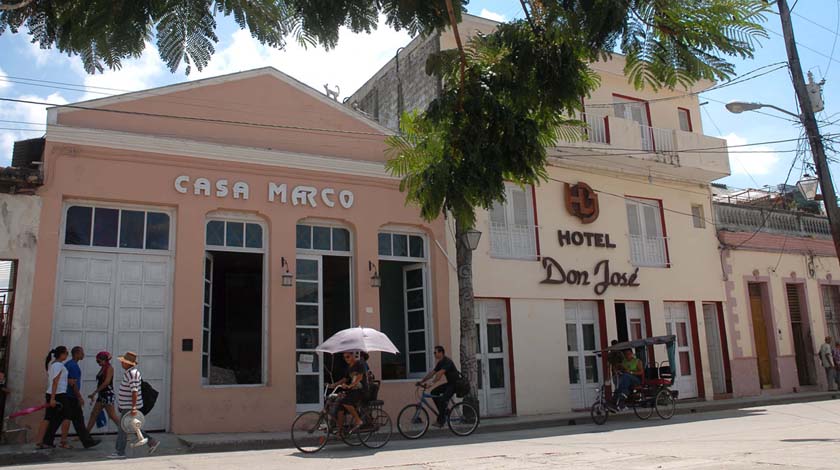
Marqueta Square is an everyday scene in the city of Holguin, as a space indissolubly linked to the history and cultural traditions of the eastern Cuban region.
Built in 1848, with the purpose of commercializing objects, goods and services, it was the first market of the former Hato de San Isidoro, according to the architectural dispositions outlined by the Laws of the Indies for the buildings and squares.
To this day, the exterior galleries supported by concrete columns have survived the passage of time and weather phenomena that make the square a perennial reminder of the nineteenth century.
After a capital repair, in 2017, at over 80 thousand pesos and as part of the recovery and maintenance programs of heritage properties, the old store retakes part of its original function and stands as a symbol of local culture.
In the 21st century, when Holguin becomes one of the major attractions for city tourism in eastern Cuba, this space continues being a meeting point with the local works that distinguished San Isidoro, enriched every day with the current traditions.
In its surroundings are located institutions such as the Engraving Workshop, the Casa Marco del Fondo de Bienes Culturales, the Imprenta Lugones and the Promotora Literaria Pedro Ortiz, whose purpose is to preserve the cultural and literary roots. (Eileen Esther Molina Fernández, ACN)
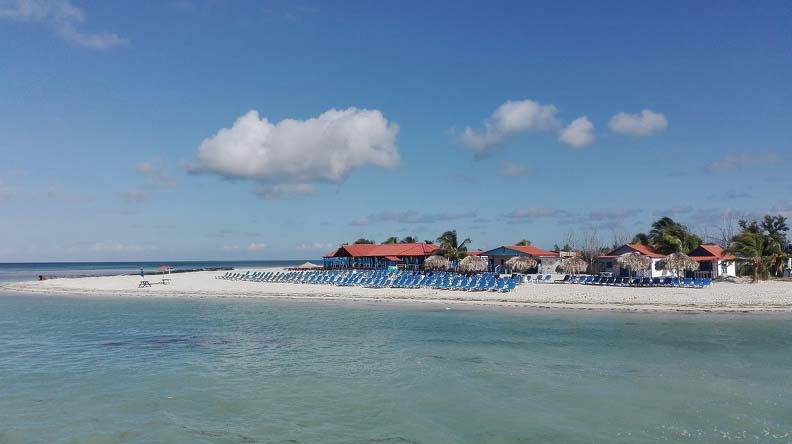
Despite the COVID-19 pandemic, the recovery of Cuba's beaches has not stopped, given the importance of this natural resource prioritized in the Task Life, a State plan to confront climate change.
Doctor of Science Ernesto Tristá Barrera, director of the Coastal Engineering Commercial Division of Inversiones Gamma S.A., stated that they have taken advantage of the decrease in the number of bathers to carry out the works.
He mentioned among the projects executed in 2020 the artificial beach of the Oasis sector in Varadero, the main tourist pole of the nation, where a high standard hotel is being built.
In Varadero, he added, sand was also poured in the cove of Plaza América, and a breakwater that was dangerous in front of the emblematic Xanadú Mansion was demolished.
He said that work was completed in Pesquero beach, in Holguín, in front of a high-class facility, where there was a rocky terrace devoid of sand, and a beach with excellent conditions for use was created.
The expert said that in 2021 they will begin to dump sand in Paredón Grande key, north of Ciego de Avila, where they will dump about 400 thousand cubic meters (m3).
He added that they are preparing the recovery of the beaches of the Ancon Peninsula, in Sancti Spiritus; in Cayo Largo del Sur, located in the Caribbean Sea, in the eastern end of the Los Canarreos Archipelago, with a very important erosive problem; and in El Salado beach, in Artemisa. (Lorena Chavez Fernandez, ACN)
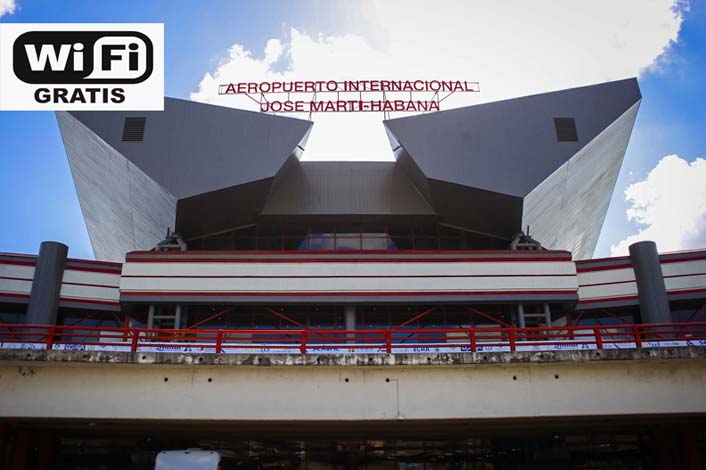
In August, tests were carried out at Havana's José Martí air terminal, and at that time, the Cuban Aviation Corporation (CACSA) explained that the service would consist of 30 minutes of free Internet access to travelers who had checked in at the airport's immigration booths, and to log in they had to enter their passport number.
They added that with "the free Internet service, passengers will be able to enjoy the advantage of being more communicated, as well as opportunities for digitalization of services and availability of updated information. Its provision also represents an added value for Empresa Cubana de Aeropuertos y Servicios Aeroportuarios (ECASA)".
Following the results obtained with the provision of free Internet service at Havana airport, CACSA and ETECSA (Telecommunications Company) are working to extend this service to the rest of the international terminals, starting with Cayo Largo and Varadero. (ACN)
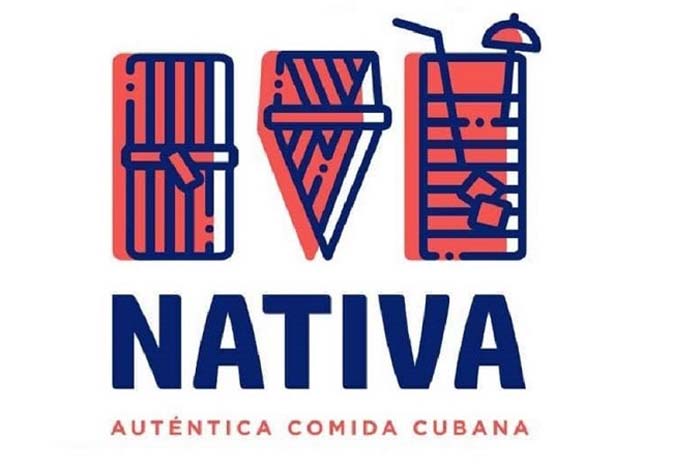
The Gaviota Tourism Group presented the NATIVA brand to promote authentic Cuban cuisine in its hotel facilities, with a communication strategy based on offering tourists traditional recipes and dishes.
In this way, it seeks to rescue and disseminate the typical recipes, so that the historical memory is not lost and more is known about the autochthonous.
Cuba has a gastronomy based on the fusion of mixtures and flavors and the influence of habits and customs of the aboriginal roots to which are added the Spanish, African, Asian, Arab, Italian that have made it possible to constitute the heritage that today boasts the Creole cuisine.
Nativa, the new gastronomic brand of the Gaviota Tourism Group, offers guests drinks, desserts and typical dishes of Cuban cuisine adapted to the new culinary trends and is presented in the buffets of each of its hotels, showcasing an entirely Cuban product.
It is a meritorious effort to promote one of the attributes of the national identity, its practices and associated knowledge. (ACN)
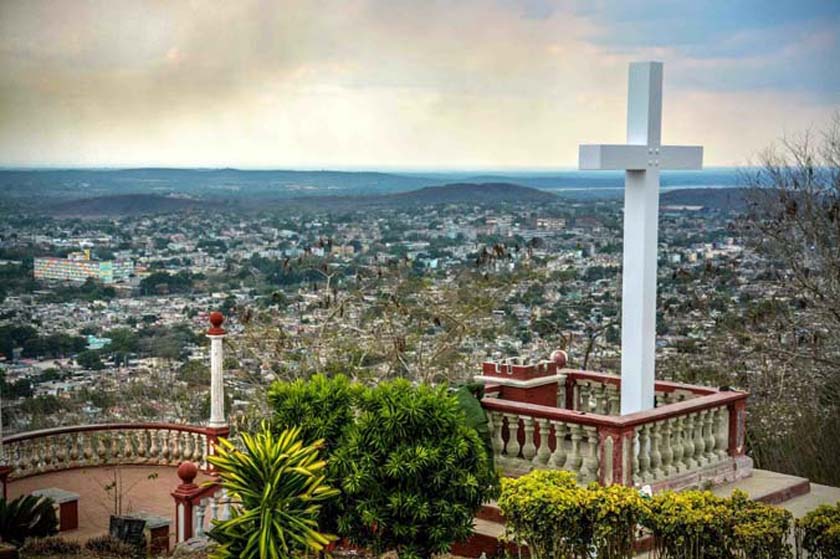
Holguín, 743 km east of Havana, has cultural traditions that make it a distinguished and aristocratic lady, given its Hispanic roots, since it was founded as a hato in 1545 and owes its name to its founder, the Hispanic captain Francisco García Holguín.
The city offers a wide range of tourist attractions, rich in history and culture to provide visitors with a pleasant stay, both for its landscapes and its hotel capacities and infrastructure for recreation.
The city is among the most preserved in terms of public ornament and cleanliness of its streets, some wide others narrower, especially in the part of the historical helmet, where the Plaza de la Marqueta is located.
To look at the city of Holguin constitutes an adventure for those who approach the eastern city, possessor of ancestral architectonic traditions, mixed with modern culture and natural wealth.
It is not enough to walk through the main arteries of the former village of San Isidoro or rest in any of the more than 100 city parks that make up its system of squares, it is necessary to climb to the top to enjoy the geography of the populous settlement.
The Loma de la Cruz, which has become a cultural symbol of the city, is a must-see for those who wish to unveil the mysteries of the unique valley between the Jigüe and Marañón rivers.
At the top of the mountain, which rises more than 200 meters above sea level, there is a restaurant that offers tired walkers a variety of Cuban food and drinks.
At the other end of the city, there is another viewpoint, Mayabe, located on the outskirts of the city and offering a different view. Located on top of a hill, this natural balcony breathes the fresh air of the Cuban countryside and the chirping and colorful sound of birds, revealing the permanence of native fauna in the area.. (ACN)
Page 12 of 26


